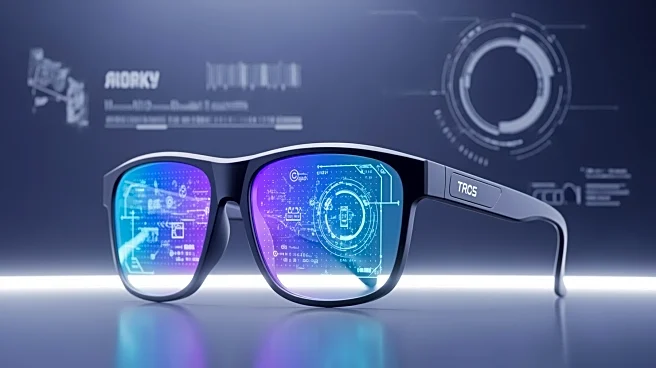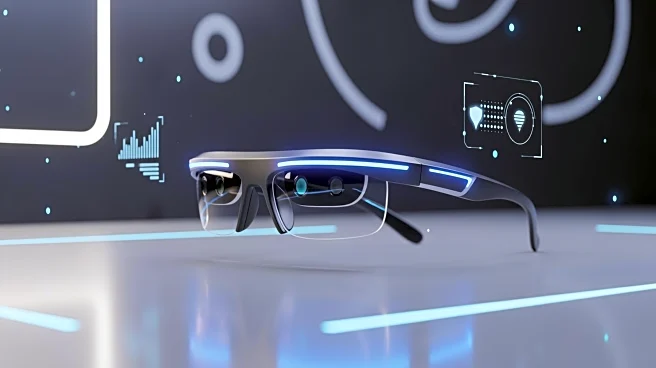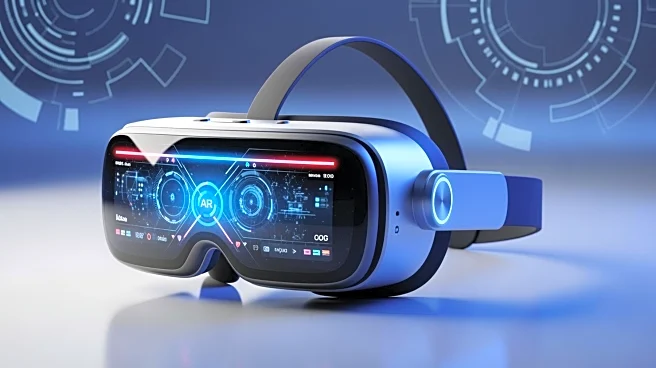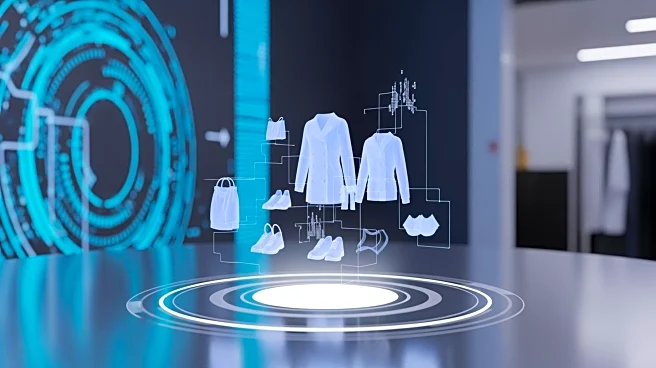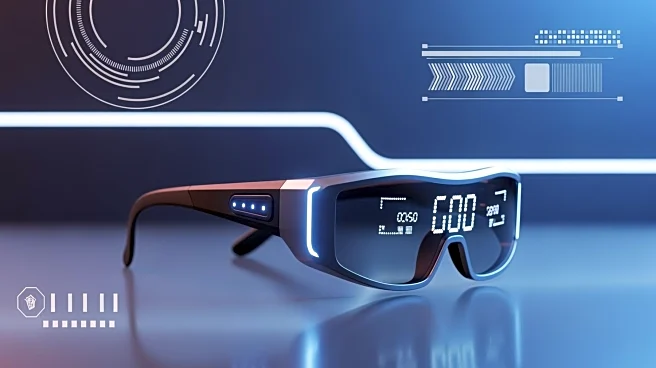What's Happening?
In 2025, several companies are set to release new augmented reality (AR) products that could significantly impact the wearable technology market. Meta, in collaboration with Ray-Ban, launched its second-generation AR glasses in September 2025, priced
at $379. These glasses feature improved battery life and camera capabilities, marking a shift from novelty frames to functional AR overlays. Snap has announced its consumer 'Specs' will arrive in 2026, positioning itself against Meta. Additionally, a startup founded by Harvard dropouts is developing 'always-on' AI glasses, raising privacy concerns. Apple is reportedly working on specialized chips for future smart glasses, indicating a potential shift in the tech landscape.
Why It's Important?
The introduction of these AR products represents a significant shift in the wearable technology market, potentially expanding the use of AR beyond niche applications. Meta's collaboration with Ray-Ban and Snap's upcoming release could intensify competition, driving innovation and potentially lowering prices. The development of 'always-on' AI glasses raises important privacy issues, which could lead to new regulations and societal norms. Apple's investment in specialized chips suggests a strategic move to enhance its position in the AR market, potentially influencing developers and consumers alike.
What's Next?
As these products enter the market, stakeholders such as tech companies, developers, and consumers will need to navigate the evolving landscape of AR technology. Companies may need to address privacy concerns associated with 'always-on' devices, while developers will likely focus on creating applications that leverage new hardware capabilities. Consumers will have more options, potentially leading to increased adoption of AR technology. The competitive dynamics between Meta, Snap, and other players could drive further innovation and market growth.
Beyond the Headlines
The release of these AR products could have broader implications for privacy and data security, as 'always-on' devices become more prevalent. This may lead to increased scrutiny from regulators and advocacy groups, potentially influencing public policy. Additionally, the integration of AR into everyday life could shift cultural norms and expectations around technology use, impacting how individuals interact with digital content.


